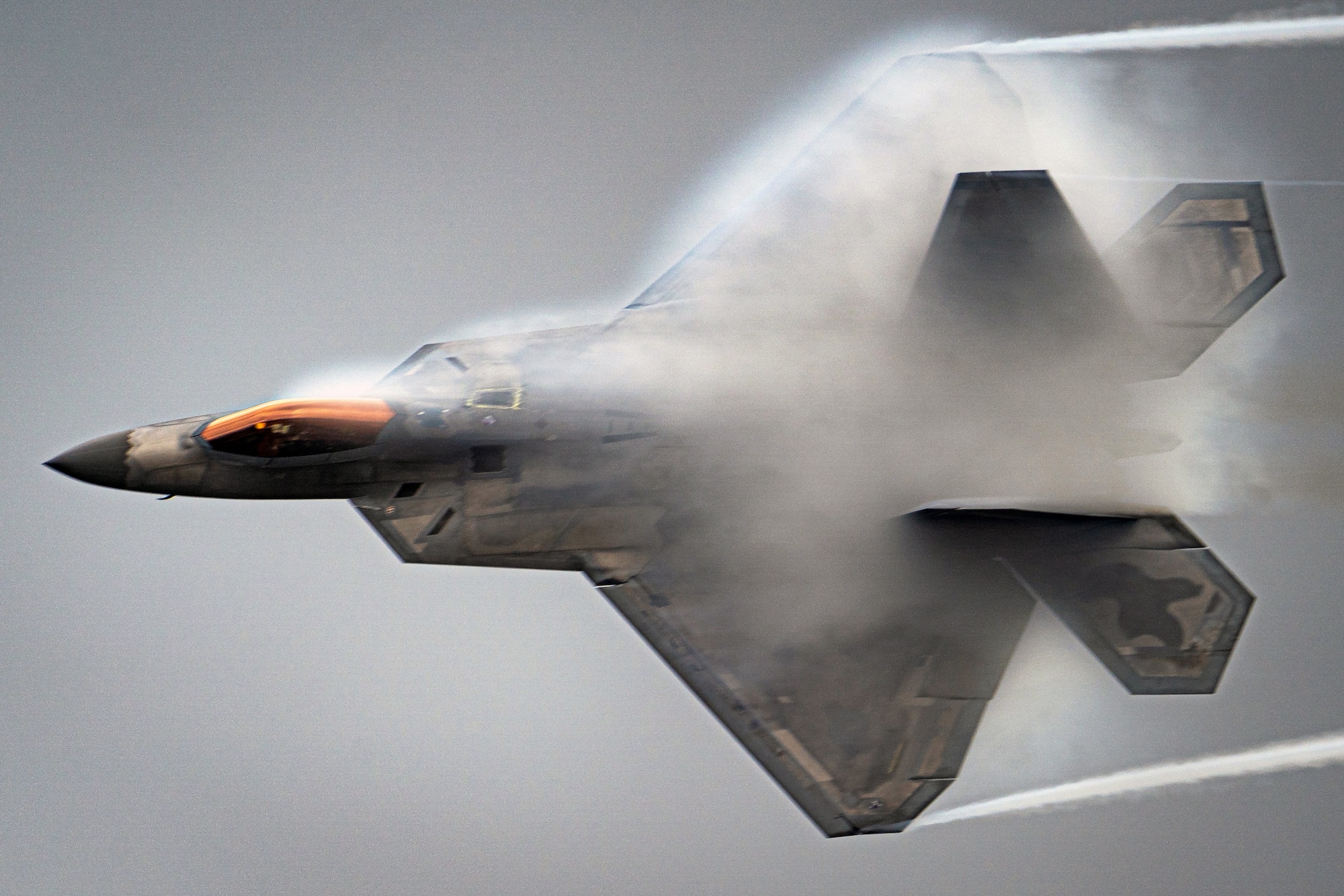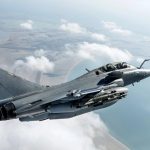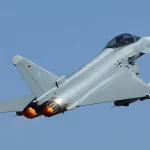
The F-22 Raptor is the true aircraft of the 21st century, incorporating the latest technological advances. US companies are already working on the development of a sixth-generation fighter that will be equipped with combat lasers and controlled by artificial intelligence. The time advantage that the Americans have allows them to carry out this work without too much haste.
History of the F-22 Raptor
In 1981, the US military drew up specifications for a new fighter aircraft. The new aircraft was to be designed on the basis of the latest technical achievements of the time: the military wanted the fighter to have advanced avionics, be invisible to enemy radar and be equipped with radically new engines.
The main task of the new aircraft was to gain air supremacy.
In 1986, a competition was launched in which the largest US companies participated. Two groups of companies made it to the final round: Northrop/McDonnell Douglas and Lockheed/Boeing/General Dynamics. They submitted two prototype aircraft in 1990. The following year, the Lockheed/Boeing/General Dynamics group was declared the winner and was to build a fifth-generation US fighter.
It took six years to build the pre-production aircraft, the first F-22 Raptor took off in 1997, series production began in 2001 and the aircraft officially began operations in 2005.
The first squadron fully equipped with these machines appeared in 2006.
It should be noted that the number of warplanes the US military planned to buy from the manufacturer was steadily decreasing. In 2006, the military wanted to buy 384 machines, but after two years, the number was more than halved to 188. The main reason was the high cost of the fighter, as well as the global crisis, which forced the US military to curb its appetite.
In 2009, the US Secretary of Defence announced plans to cease aircraft production. In 2011, the last F-22 Raptor rolled off the assembly line. In the same year, the US Congress decided to activate the programme for another fifth-generation fighter, the lower-cost F-35 Lightning.
To date, the F-22 is the only fifth-generation fighter that has been tested and accepted for service. The aircraft is also the most expensive fighter in aviation history. The cost of one vehicle, not including development funds, is $146 million.
Maintenance of this aircraft is also quite expensive. The main problem is the vulnerability of the radio-absorbing coating, which requires special maintenance.
The F-22 Raptor has not been used in actual combat against enemy warplanes. Its only use was in 2014, when it conducted a missile strike against Islamic terrorists in Syria. But it can hardly be called a full use of the fighter.
Design Description
The aircraft is of integral design, having a high-positioned trapezoidal wing. The sweep of the wing leading edge is 42 degrees. The fuselage design makes extensive use of titanium alloys, aluminium alloys, composite materials and radio-absorbing materials. The composite materials not only reduced the aircraft’s radar visibility, but also significantly reduced its weight.
The vertical tail is double-beamed. The keels are widely spaced and inclined outwards (28 degrees). Horizontal tail – all directional.
All joints formed at the junctions of various parts and pieces of the aircraft are saw-tooth shaped, which reduces the reflection of electromagnetic waves.
The cockpit has a non-perforated polycarbonate lantern. It has a special coating that dissipates radio waves.
According to pilot feedback, the cockpit of the F-22 Raptor is one of the most comfortable of all US fighters. The headlight provides the pilot with excellent visibility. The ACES II ejector seat allows the pilot to evacuate at all ranges of speed and altitude.
The aircraft’s landing gear is three-pillar.
The F-22 Raptor’s powerplant consists of two Pratt & Whitney F119-PW-100 turbojet engines that enable the aircraft to reach supersonic speeds without afterburners, one of the basic requirements of fifth-generation aircraft.
In addition, these engines have a controlled thrust vector, which greatly improves the fighter’s manoeuvrability. The nozzles have fixed sidewalls and deflectable top and bottom edges, allowing the aircraft to vary thrust vector deflections and adjust the nozzle cross-section. In addition, flat nozzles reduce the aircraft’s visibility in the infrared range.
The air intakes are non-adjustable, diamond-shaped and have an S-shaped channel to protect the engine compressors from irradiation.
The aircraft is equipped with an avionics system developed by TRW; it comprises the data processing system, the ICNIA communication, navigation and identification system, and an electronic warfare system comprising the Sanders/Generals Electric AN/ALR-944 and the AN/APG-77 radar payload.
The radar installed on the fighter is worth mentioning separately. It is an active phased array antenna, consisting of 2,000 elements that emit and receive signals. This radar can detect targets with an EPR of 1 m² at a distance of 225 km in normal mode and 193 km in LPI mode, cruise missiles with an EPR of 0.1 m² – at a distance of 125 km.
The low probability intercept (LPI) mode allows the F-22 Raptor to detect targets but not be detected.
“The Raptor is armed with the M61A2 Vulcan 20mm cannon, as well as AIM-120C AMRAAM and AIM-9M Sidewinder air-to-air missiles.
You may also like:


